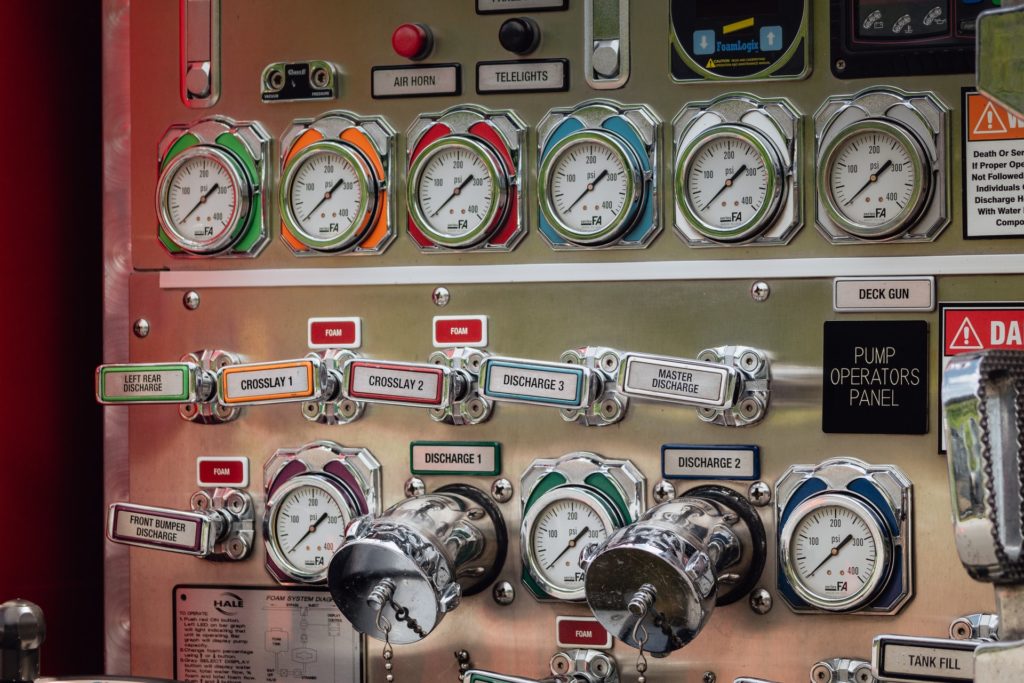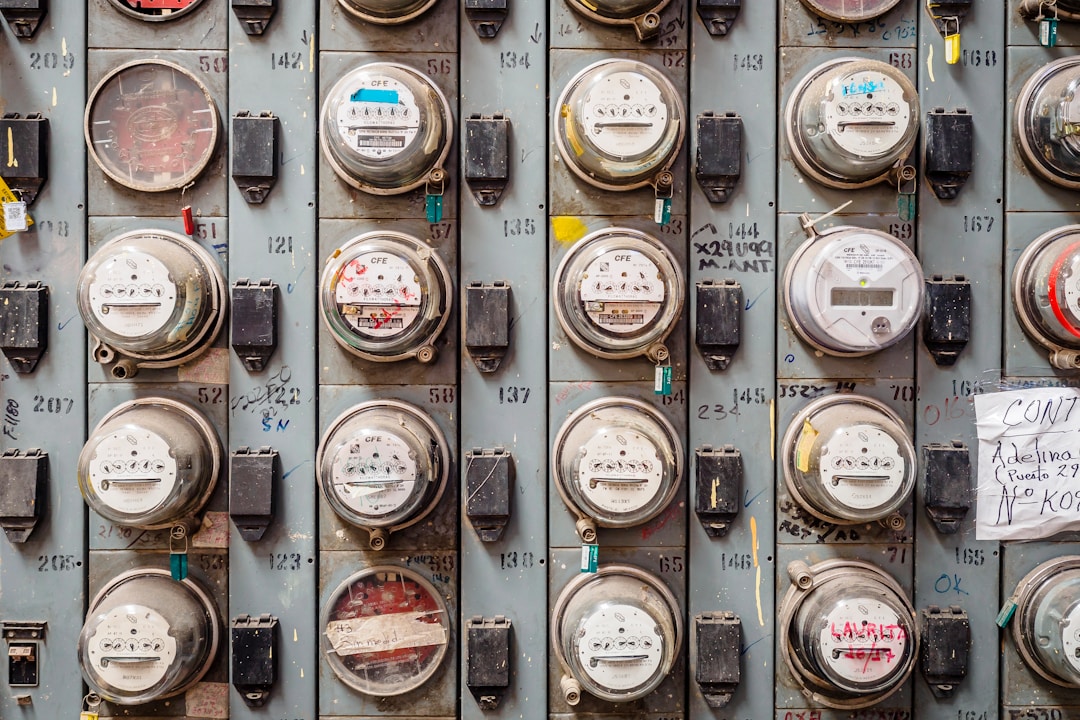
Why a SEER Rating Is So Important
With summer approaching, sun, fun, and vacations are on the way. Unfortunately, higher energy bills also come with the arrival of summer. If this season finds you dreading high energy bills, it might be time to investigate your HVAC system. The reason that you see a spike in energy consumption during the summer could be your system’s efficiency. When temperatures rise, your air conditioner might be struggling to keep up.
When we talk about efficiency and summer energy costs, the first thing to consider is the age of your unit. On average, air conditioning units last 10 to 15 years. Even with regular maintenance, as units begin to age they become increasingly less efficient. This is due in part to older units having low or no Seasonal Energy Efficiency Ratio. SEER ratings, created by the US Department of Energy, rate how much energy an air conditioning unit will use to cool your home. Since HVAC systems use more energy than any other system, the SEER score of your unit can indicate how much of a spike you will see with your energy bills during the summer. If you are looking for ways to reduce your energy costs, you might begin by investigating new air conditioner options with higher SEER ratings. Let’s take a look at why the SEER rating is so important.
What is the SEER Rating?

With the continued focus on energy use and costs, many people might ask what a SEER rating is. As discussed, the SEER rating refers to the standardized score that indicates how much energy your HVAC equipment uses to control your home’s temperature. Each season brings about specific requirements for indoor temperature control and the SEER rating shows the amount of energy it will take to do that. The SEER comes from the results of three tests. These tests measure a system’s energy use during humid indoor conditions, dry indoor conditions, and dry conditions. Higher SEER ratings indicate that the unit is more energy efficient. The United States Department of Energy requires that all new units display the SEER.
Where do you find SEER Ratings?
If you are in the market for a new unit, you should look for a yellow or white label on your unit. The SEER score should be displayed prominently beside a range of scores comparing it to other units. The U.S. Department of Energy also offers online calculators to predict how much a unit with a specific SEER rating will cost to run. SEER information is an important indicator of energy use and energy savings.
Why are SEER Ratings important?

SEER ratings were created by the Department of Energy in 2011. The rules created a nationwide set of standards for all air conditioner units sold in the United States. The new rules also created new standards for various other types of HVAC equipment such as heat pumps and split air conditioning systems. These new rules are important because they instituted minimum SEER ratings for numerous regions of the country.
These minimum ratings are based on average temperatures in an area. In southern states where temperatures can get pretty warm, the minimum SEER rating is 14. Higher SEER ratings indicate increased energy efficiency and usually mean more savings on utility bills. Many manufacturers are now offering equipment that goes beyond minimum values. Determining the right SEER rating for your home air conditioner will be determined by things such as your budget and preference. Some equipment now has ratings as high as 22.
If you are looking into upgrading your HVAC equipment, you might be overwhelmed by the choices, options, and stats. You will be inundated with BTUs, kWh, Energy Star ratings, and other ratios and stats. One of the most important factors to consider, however, is the SEER rating. This score is going to give you the best idea of the cost to operate the unit year-round. This rating will help you make the best decision for your home and your situation.
